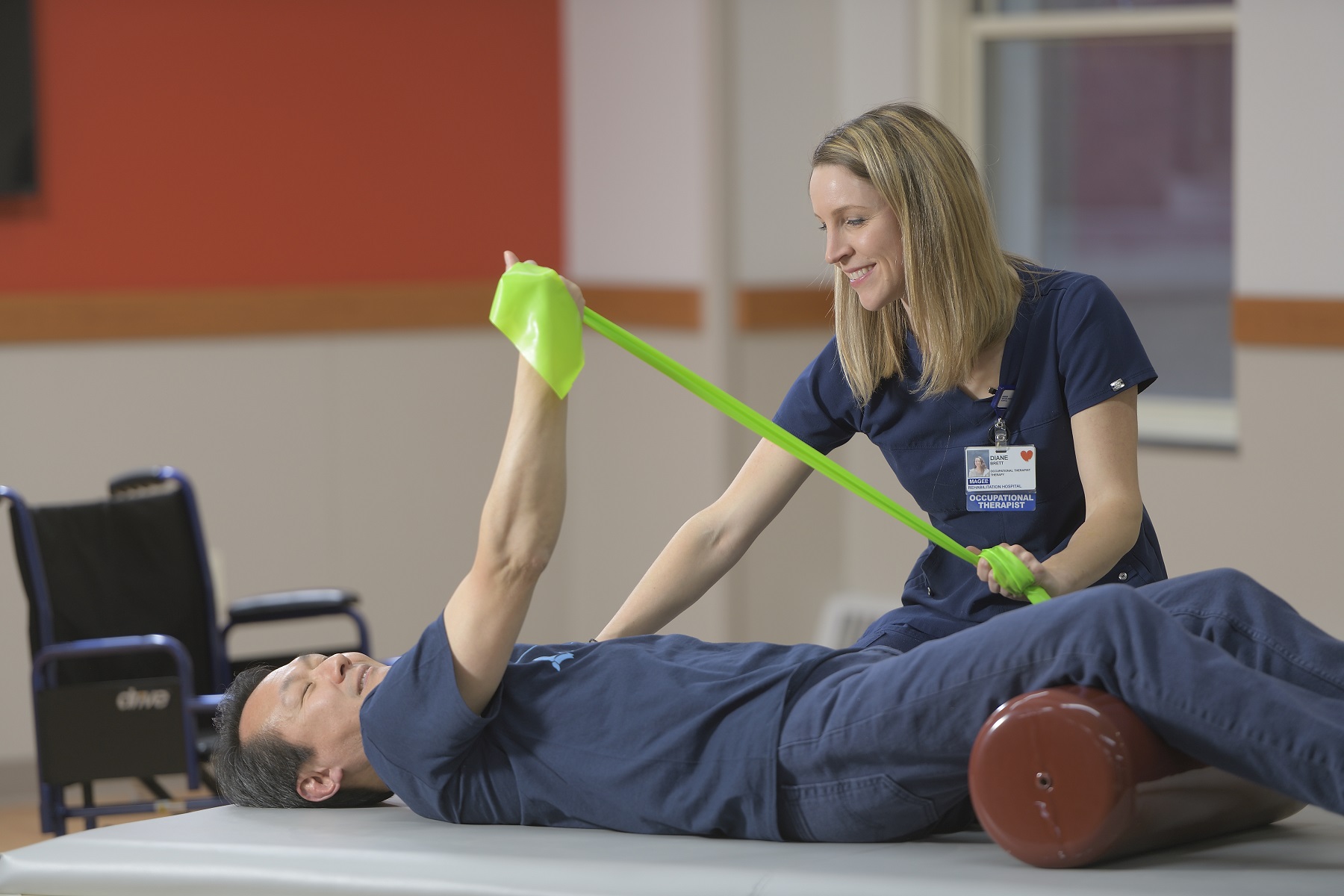One of the primary techniques used to alleviate breathing difficulties in physical therapy is the application of controlled breathing exercises. These activities often concentrate on abdominal breathing, which promotes patients to use their breathing muscle rather than their upper chest muscles when inhaling. This approach helps to maximize lung volume and effectiveness. Additionally, pursed lip breathing is another approach that can be helpful. This method requires breathing in through the nose and exhaling slowly through compressed lips, which can assist to keep airways open longer and render breathing feel more manageable. By incorporating these exercises into therapy sessions, physical therapists can provide patients with strategies to control their dyspnea both during and beyond of their sessions.
Another crucial aspect of controlling dyspnea in physical therapy is the development of an personalized exercise program. Customizing exercises to meet the specific needs and capabilities of each patient is crucial. Therapists should gradually integrate aerobic activities, such as walking or biking, in a controlled manner, allowing patients to build their endurance over a period. This progressive approach helps patients to feel more at ease with fitness activity while at the same time improving their lung capability and overall endurance. It is important for therapists to monitor patients carefully during these activities to ensure they are not overexerting themselves, which could result to greater difficulty of breath.
Education also plays a major role in alleviating dyspnea during physical therapy appointments. Providing patients with knowledge about their condition and the mechanisms behind dyspnea can enable them to take charge of their health. Therapists can physical therapy for post traumatic stress disorder explain how elements like anxiety, posture, and surrounding conditions can affect breathing. By understanding these ideas, patients can discover to control their issues more effectively. Techniques such as stress reduction methods and proper body posture can further assist in minimizing the impact of dyspnea during routine activities and therapy appointments.
In summary, effectively alleviating dyspnea in physical therapy appointments involves a mix of breathing activities, individualized exercise regimens, and patient teaching. By applying these effective approaches, physical therapists can assist patients manage their breathing difficulties and improve their overall health. Working together between therapists and patients is crucial to create tailored interventions that meet individual needs. With the right support and methods, patients can find relief from dyspnea and engage more completely in their physical therapy journey, ultimately leading to a better quality of life.
